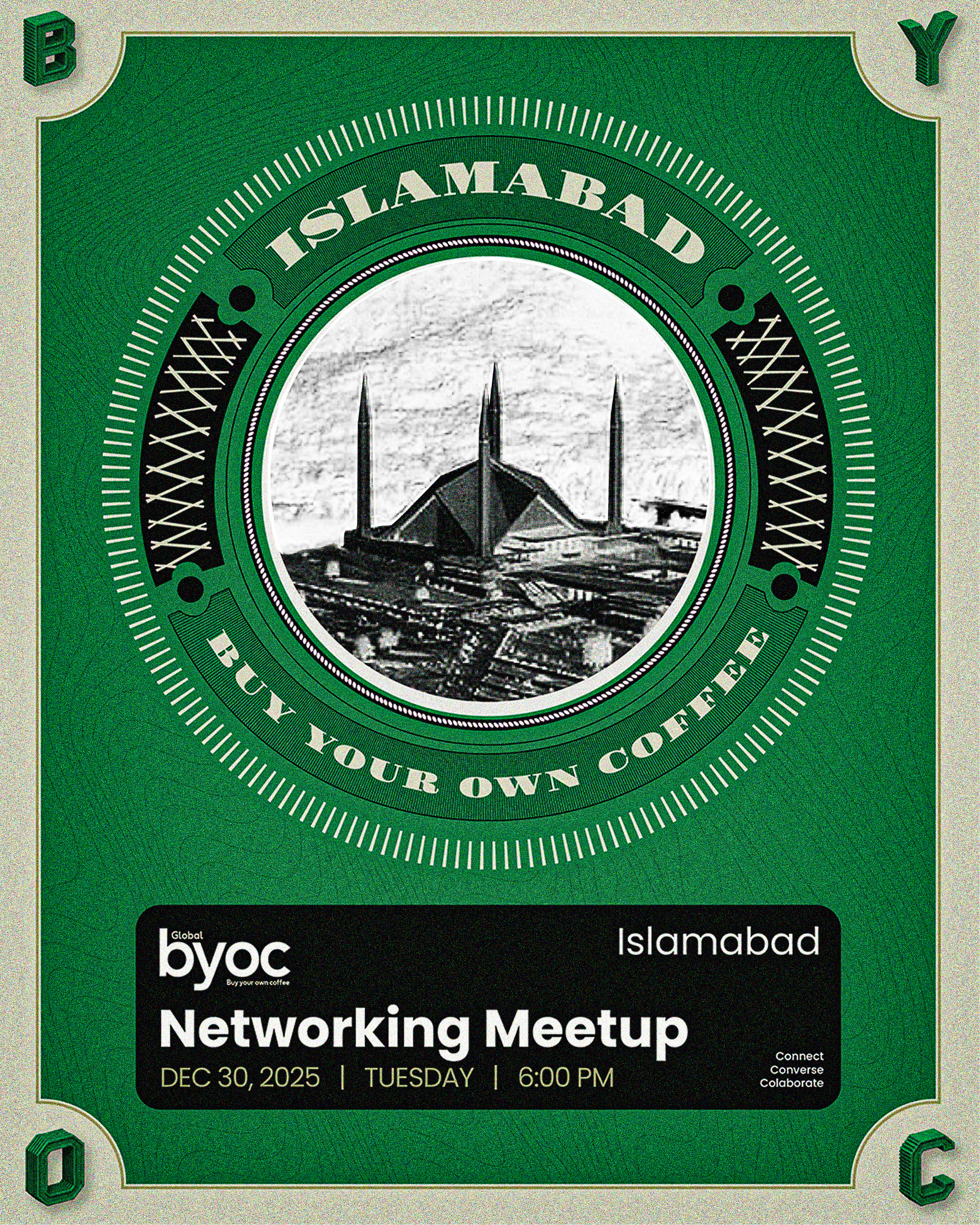• Loccation. It is located at a distance of 17 km East of Rawalpindi on Grand Trunk Road.
• Name. Rawat Fort derives is name from the Arabic word Rabat Sarai meaning caravanserai.
• Construction. The fort was built in 15th century AD during the times Delhi Sultanate by the Gakhar clans who ruled Potohar region between River Indus and Jhelum River. At that time they helped Mughal emperor Humayun. to defend the Pothohar plateau and fought against Pashtun king Sher Shah Suri in 1546.Other 2 forts of Gakhdar were Dangali Azad Kashmir, the other is Phirwala Fort.
Rawat Fort is said to have been built atop a Ghaznavaid -era fort that was established in 1036 CE. The same can be discerned from the fact that the fort is associated with Mas'ud I of Ghazni son of Sultan Mahmud Ghazni, the Sultan of the Ghaznavid Empire from 1030-40. It attests that Mas'ud was arrested here by rebellious soldiers in his employ, then murdered in the nearby town of Giri near Taxila.
Mughal Emperor Akbar acknowledges Rawat in his famed Akbarnama, but not much else is said, which may suggest that it was a simple rest stop along the G.T Road during the early Mughal Era.
Aziz Malik in his book ‘Pothohar’, calls it a guard post more than a fort because its small size with only two gates.
Description
• Area Square in shape measuring 93.5 x 106.3 meters, enclosing approximately 10,000 square meter courtyard.
• Gates. One gate opens to the east and the other to the west, it was built slightly higher to keep an eye on the surrounding area.Two smaller gateways stand on the north and south sides,
• Mosque. A three-domed mosque measuring 29.5 x 12.1 meters exists along its western wall. The mosque area has been extended with a shed and tiled outdoor floor.
• Tomb. There is also a quadrangular building with a dome in the fort's inner measuring 16.6 meters in diameter. It is said to be erected as resting place of Sarang Khan, then Gakhar Chief who ruled portions of the northern Punjab from 1520-46.
• Graves. However surprisingly Sarang Khan’s grave is located outside in the courtyard amidst many graves of his 16 sons and relatives who lost their lives while fighting Sher Shah Suri in 1546. He died after being struck in the head, with a Saranga spear.
• Travellers’ Quarters. Along the inner perimeter wall are several small cells, which may have originally constructed rented out to accommodate itinerant merchants. There were originally as many as 76 individual cells, though a number of these have crumbled or are in otherwise poor repair.
After Humayun’s Return as Victor
• Sultan Adam Khan became the ruler of Potohar after Sultan Sarang Khan, he built a tomb in his brother’s memory.
• When Akbar became the king, he gave Sultan Kamal Khan, son of Sultan Sarang Khan, the title of Panj Hazari in the Mughal army along with the territory of Potohar.
About Gakhars
Akbn 1205 the Gakhdas were defeated by Shahabuddin Ghori and forced to convert to Islam.
• Later, when Shahabuddin Ghori was returning from India, few Assassins broke into his tent and killed him on 15 March 1205 at Dhamiak; the assasins were said to be Khokar Jats while others believe the Nizari Ismaili.
• Rajmohan Gandhi in his book ‘Punjab’. On page 139 of A History from Aurangzeb to Mountbatten, he writes: “Gakhar Sardar Makrab Khan supported the Iranian invader Nadir Shah against the Mughals in 1739. Nader Shah gave him the title of Nawab. Muqrab Khan defeated the Yusufzai and Khattak tribes in the west and expanded his state from Sindh to Chenab.Later, Muqrab Khan could not withstand the growing power of the Sikhs and was killed in Gujarat in 1765 by Gujar Singh of...
Read more Learn more insights from Wanderboat AI.
Learn more insights from Wanderboat AI.










